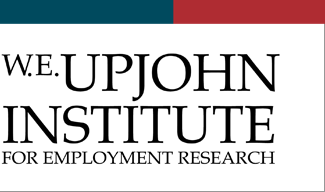Teachers Unions and Student Performance: Help or Hindrance?
Upjohn Author ORCID Identifier
Source
The Future of Children 17(1): 175-200
DOI
10.1353/foc.2007.0001
PubMed ID
17407928
Publisher
The Brookings Institution Press
Subject Areas
EDUCATION; K-12 Education; Teachers and compensation
Get in Touch With The Expert
Want to arrange to discuss this work with the author(s)? Contact our .
Citation
Eberts, Randall W. 2007. "Teachers Unions and Student Performance: Help or Hindrance?" The Future of Children 17(1): 175-200. https://doi.org/10.1353/foc.2007.0001

